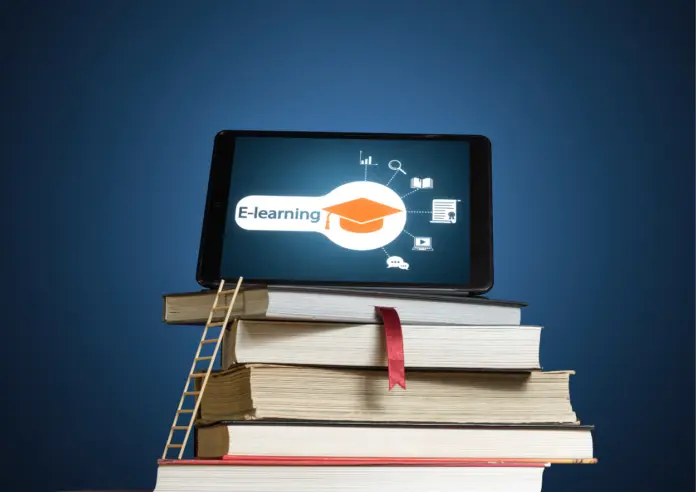Do new hires lack the skills you need? Learning and development technology will bridge this gap and empower them to excel with the right training tools. This article will share the impact of using L&D technologies. Table of contentsIntroduction to learning and development technologyThe importance of closing the skills gap for new hiresThe role of…
RELATED ARTICLES
© NewInAsia.com 2025








